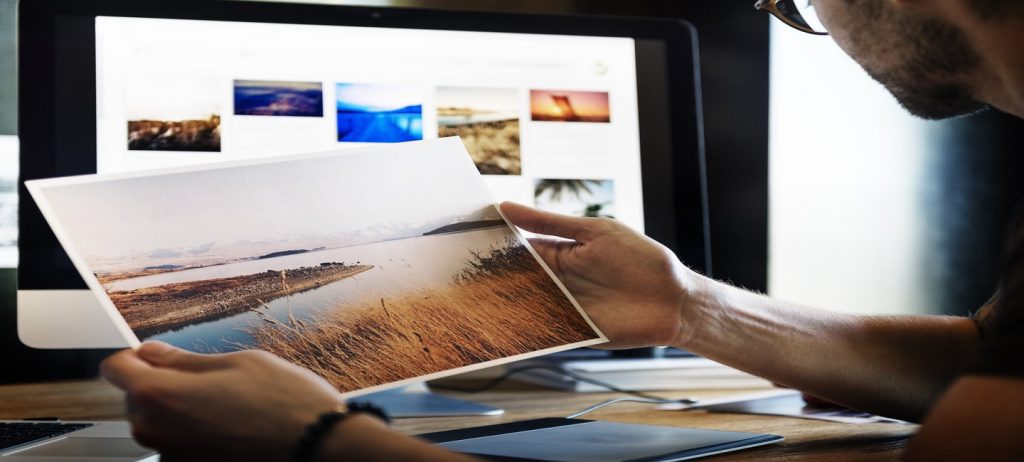Although internet speeds have improved around the world in the past decade, heavy downloads are still an issue for a lot of people with sketchy bandwidths or slow computers.
And that’s not even bringing SEO and mobile usage into the picture.
Even with such apparent limitations, most images for the web are typically not optimized to reduce file size while maintaining quality. Most people (and some) graphic designers still don’t use the optimum settings when outputting their final images.
Having large images does not mean their file size has to be large too!
Here is a concise list of some of the immediate advantages of using image compression for websites, and reducing the file sizes of the images, photos and art on your website or blog:
Faster load times
No one says no to a quick loading site. Compressing your images down ensures a superior experience for your visitors, users and readers where they won’t get frustrated. It also makes sure your audience engages with your website longer.
Improved search rankings
It’s no secret that Google loves faster sites. Squeeze as much data off of your site or blog to make it load faster, increasing your organic search rankings along the way.
Better conversion rates
Faster sites convert better. Logic. You don’t risk losing buyers and subscribers this way, while they are waiting for the images to load on your signup page.
Enhanced inbox placement
If you are feeding images from your site to your emails and newsletters, your messages run the risk of landing in the junk folder. The last thing you want, really.
Easier migration
Web hosts are fickle affair, everyone knows that. If you need to change hosting providers, small, optimized images mean quicker movement of files from one server to another. This holds especially true for large blogs and ecommerce portals. Perfectly optimized images also help with faster backups.
Print adventures are fine, you don’t necessarily need to reduce files sizes there.
But images intended for use on websites should always be adjusted for easy and breezy downloading. More so, now with better compression algorithms and browser support. What type of settings you use will depend upon the art you’re creating.
Often enough, going in with an 80% compression in your graphic design software (Adobe Photoshop, or any other) for JPEG files is a good bet for most images.
There’s no hard and fast rule here, though.
It comes down to the dimensions, resolution and type of your image — and whether it’s artwork, gradient, a photo or logo. Do some on the fly experiments and settle on what you feel looks best, does not result in a drastic decrease in quality, and ends up with the smallest file size possible.
